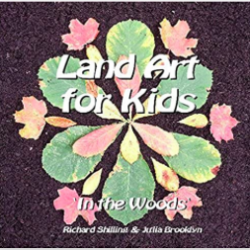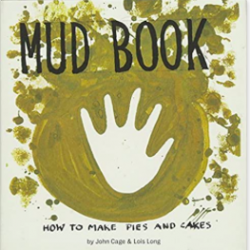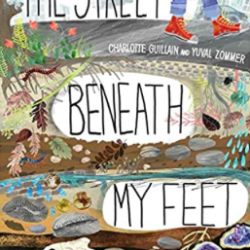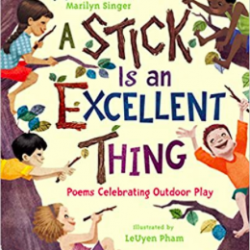Family Activities: Gyre (Quick Tip)
Family Activities: Gyre
By Courtney Klemens
Manager of Family Programs
Create
Try these hands-on activities inspired by Gyre at home together.

Nature Rings: The three rings that make up Gyre were created with help from the earth. You can discover rocks, twigs, and clay embedded in the surface of the sculpture. Create your own natural sculpture by making three circles on the ground from materials around you: leaves, pine cones, twigs, pebbles, or whatever you can collect! Gather materials and arrange each circle using just one material at a time. How do the circles appear different from one another? What material was easiest to use to create a circle? Which circle has the most interesting texture?
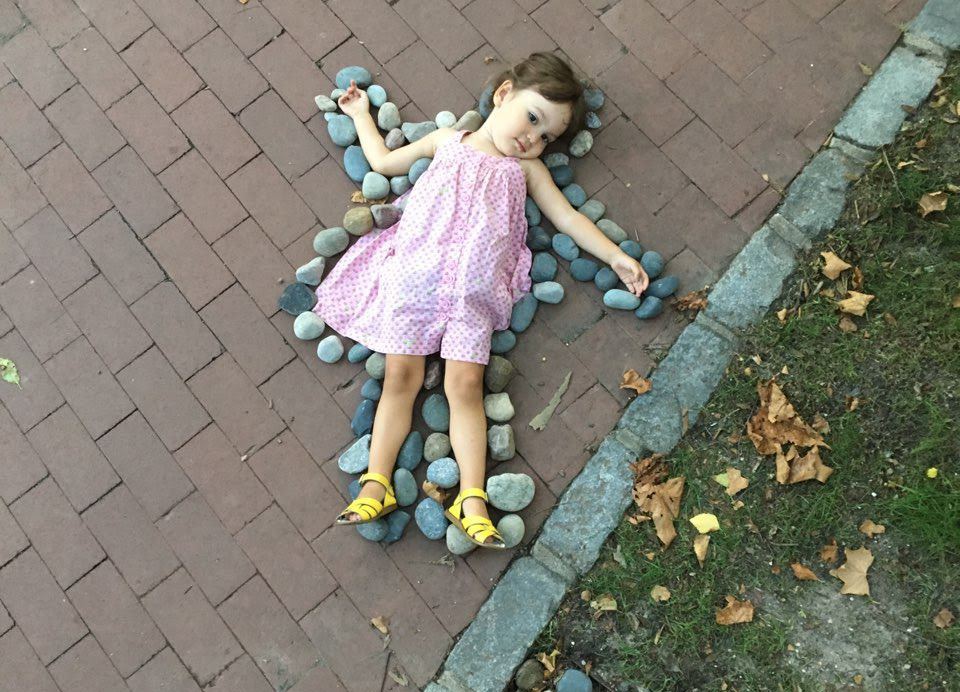
Natural Outlines: If you look closely, you can find remnants of Thomas Sayre’s earth-casting process in the Museum Park. Create your own remnant by finding a comfortable place to lie on the ground. Then, have a partner trace your outline. They could do this by using a stick to draw an imaginary line around your body. Or, they can place leaves, rocks, or other natural objects all around you. When the outline is complete, get up and look at the space or shape you left behind. Can you see an imprint or a mark on the ground? What does the outline look like? Can you tell it is the shape of you? Why or why not?
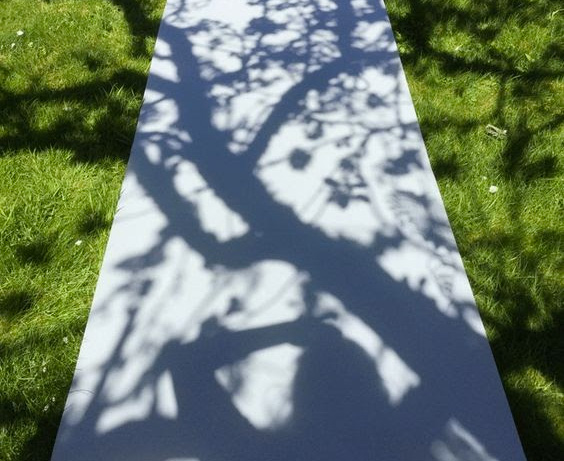
Shadow Drawings: Gyre interacts with nature in another way: the shadows it casts move and change throughout the day. You can make a drawing from shadows you see around you! Lay a piece of paper on the ground underneath a tall object: a tree, a lamp post, a building. Observe how sunlight casts a shadow onto your paper. Then, take something to draw with and trace the outlines of the shadows as they fall on the paper. For another layer, use another color to trace the new shadows from the same object later in the day. What do you see? How did the shadows change?
Read
Gyre can spark your creativity to see nature from a new perspective. Here are some titles we recommend reading together for more ideas about art, nature, and seeing the world around you differently.
- Land Art for Kids by Richard Shilling and Julia Brooklyn. Artist Richard Shilling provides lots of ideas for hands-on art and sculptures you can make from materials you can find in the world around you.
- Mud Book: How to Make Pies and Cakes by John Cage, Get your hands a little dirty with this book from avant-garde composer John Cage. This artist book combines recipes for the hands and for the mind, so you can take inspiration from a material as humble as mud!
- The Street beneath My Feet by Charlotte Guillain. What do you think Thomas Sayre discovered digging in the Museum Park? This book takes you on a visual journey beneath the layers of the earth to find burrows, pipes, and other secrets waiting to be found!
- A Stick Is an Excellent Thing by Marilyn Singer. This book of poems celebrates the ways the outdoors can be playful! Read the poems to get ideas about everything from playing hopscotch to imagining what a simple stick could become.
Discover
When digging trenches into the earth to make Gyre, Thomas Sayre and his crew would have uncovered insects and animals in their natural habitat, like worms, ants, and other bugs. Some of them are even known for the paths and tunnels they carve into the earth as they move! Dr. Adrian Smith, head of the Evolutionary Biology and Behavior Research Lab at the North Carolina Museum of Natural Sciences, worked with artist Gabrielle Duggan to create a casting of a harvester ant nest. Check out this video below to see elaborate architecture carved by ants underground!

